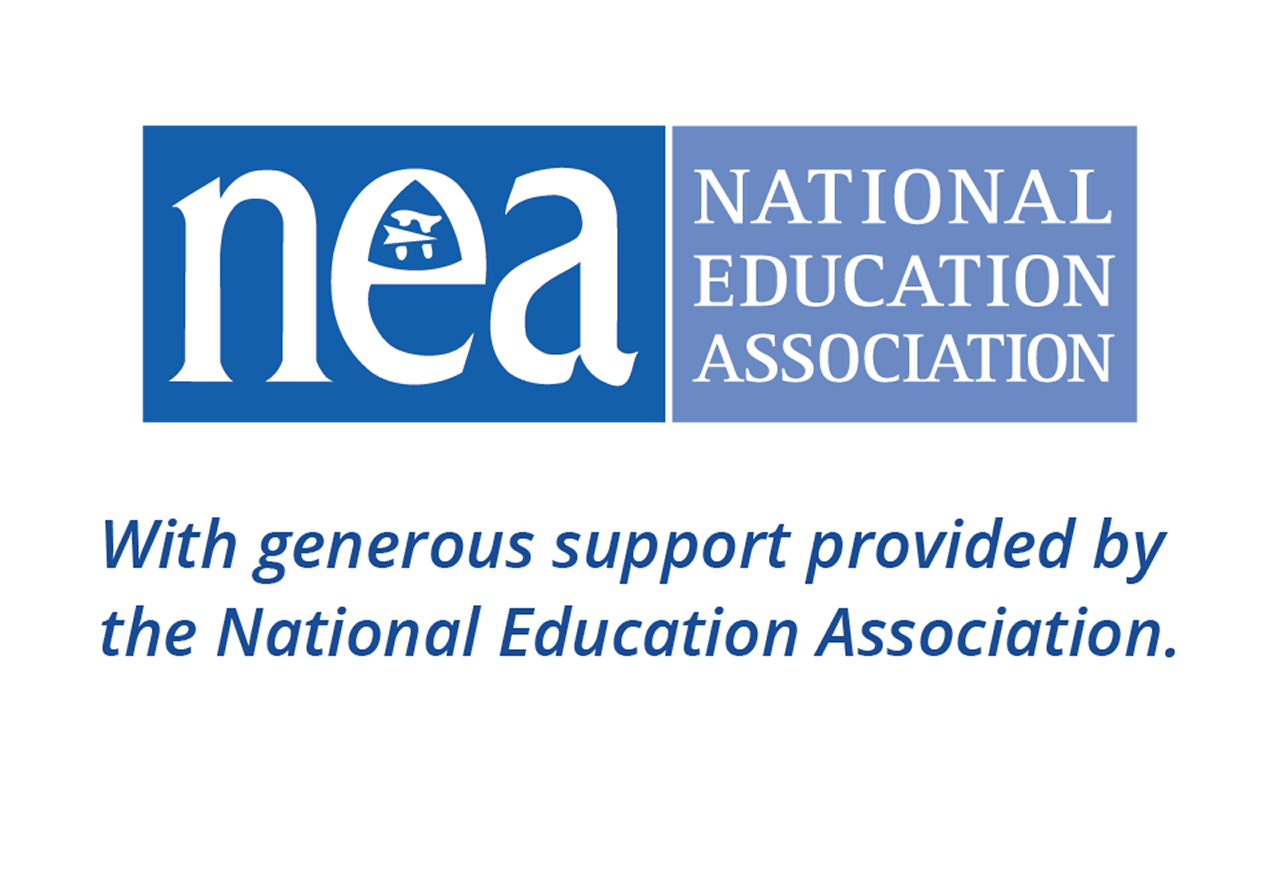It is very important for teachers and staff to exercise, talk to friends, and find what gives them joy daily.
– Nereida Robles, Social Worker, Santa Cruz, CA
Overview
Download tip sheet:
Helping immigrant students and families address the challenges they face can be emotionally taxing. In addition, staff themselves may be impacted by immigration issues that affect them personally.
Some of the respondents to a Colorín Colorado survey on how schools support immigrant students noted the following:
- Our teachers and staff, as all teachers, see a lot of heartache and witness effects of deportation. It would be good to have resources on how to debrief, seek respite, reenergize, etc.
- Teachers are having difficulty coping with the responsibility of helping children, many of whom are traumatized. More attention needs to be paid to counseling teachers so that they may better cope and keeping them informed of best practices for helping the kids.
This is borne out by research conducted by a team of researchers at UCLA who interviewed teachers through a national survey about the impact of immigration enforcement on schools. Teachers who responded to the survey reported:
- Symptoms consistent with Secondary Traumatic Stress (STS), which is "the emotional duress that results when an individual hears about the firsthand trauma experiences of another"
- A significant increase in anxiety and stress
- A sense of helplessness
- Impacts on physical well-being as well as emotional and mental well-being, such as getting less sleep due to worry or working longer days
- An increased workload as educators take on more responsibilities, look for more resources and information, and address more challenges.
One community school coordinator wrote, "I have spent more weeks working 50 - 60 hours to assure that our community feels safe, to prevent increases in student absences, and to encourage student involvement in education opportunities than ever before...” (Sanchez, Freeman, and Martin, 2018, p. 1-2).
Note: See more on the impacts of secondary traumatic stress on educators in this article from KQED's Mindshift blog.
Serving students who have experienced trauma
In addition, educators who serve students who are refugees, have been displaced by natural disasters, or have experienced other types of trauma may benefit from opportunities to debrief with colleagues and support each other.
For example, even though Puerto Rican students are U.S. citizens, those who came to mainland schools after Hurricane Maria experienced similar challenges as many newcomers and refugees. Educators working with these students have shared the importance of:
- Checking in with colleagues
- Having time to discuss what they are hearing from students
- Looking for ways to support staff working long hours.
Keep in mind that immigration issues can impact staff
Why this matters
You may have immigrants or members of immigrant families on your staff who have their own personal concerns about the impact of immigration policies, such as changes to Deferred Action for Childhood Arrivals (DACA), Temporary Protected Status (TPS), extended separations from family members, or other policy changes. Staff members may have also experienced bullying or harassment (either in the school setting or beyond), and may be particularly attuned to steps that leaders are taking to create a welcoming environment for immigrants.
Tips for getting started
- In your discussions and decisions related to immigration issues, remember that these topics may be quite personal for staff members as well as students. For example, a welcoming message should be inclusive of staff as well as students and families, and inappropriate comments should be avoided at all times, not just in front of students.
- Provide all staff with opportunities to privately and/or anonymously ask questions, express concerns, and make suggestions around these issues. They may have their own concerns or information about what students are feeling and experiencing.
- At the same time, avoid making assumptions about staff's own situations based on their ethnic/cultural background. Approach any conversations about these topics with sensitivity and an open mind.
- Celebrate staff's contributions and diversity publicly. For example, show appreciation for a family liaison's language skills or share an example of a teacher who made a difference for an immigrant student. Not only does this create a culture of respect, it shows other staff members what is possible, highlights the diverse skill set of the staff, and may provide some additional ideas for collaboration.
- Remind all staff of policies related to workplace harassment and discrimination as needed.
Note: This issue was underscored by a 2019 dispute in Denver, Colorado about communication from the district to employees regarding a possible teacher's strike. At the time, The Denver Post reported, "A racial justice organization says Denver Public Schools is intimidating immigrant teachers who are considering striking, but district officials called it an error." This story was also covered by Chalkbeat Colorado.
Recommended resources
To learn more about teachers working with DACA, see our related resources section.
Take steps to prevent burn-out
Why this matters
It is important to build opportunities to reflect, recharge, and rest into everyone's schedules. If you are a school leader, this is a particularly critical area where leadership is needed.
Tips for getting started
- Ask teachers and staff what they would find helpful, enjoyable, and restorative. Perhaps some would like to try some activities as a team, while others might like a little bit of flexibility on their own. You can do this by creating and prioritizing:
◦ outlets for the stress
◦ opportunities for reflection
◦ discussion about healthy boundaries
◦ ways to support each other and have fun
◦ activities such as restorative circles.
- Talk about stress management openly and often. Share ideas with each other.
- As difficult as it can be, fit in some down time to rest and recharge when you can. Encourage colleagues to do the same.
- Take care of yourself and your health.
- Engage in conversations about healthy boundaries that provide an opportunity for staff to reflect on boundaries they would like to set or see respected.
Recommended resources
- Our end-of-year reflection guide includes discussion questions that can be used all year.
- Extinguishing Teacher Burnout: Strategies and Resources for Educators
Recommended videos 
Video: Be good to yourselves
Strengthen your networks
Why this matters
A strong professional network can benefit educators by providing:
- important information and resources
- valuable relationships
- opportunities to grow and learn
- new ideas
- encouragement and motivation.
This is especially helpful when tackling a complex, emotionally-charged issue like immigration, particularly if educators connect with organizations that can provide sound advice and resources.
Tips for getting started
- Encourage staff to build a network of support around the issues that matter to them (not just those related to immigration), within and beyond this school. This might include professional learning communities, online networks, or community connections.
- Look for ways to help staff pursue professional development and training that would benefit their work and the entire community, such as conferences or training days. This will also help staff expand their networks.
- Provide opportunities for staff to share networking ideas with each other, such as recommended organizations or associations, online forums, social media groups, or favorite conferences.
Recommended resources
There are several online communities that can support your work with ELLs and immigrants. Find out from your colleagues what else might be available in your district, region, or state.
- ELL Resources in Your State
- TESOL International Association and TESOL State/Regional Affiliates
- Colorín Colorado's ELL Educator Group on Facebook
Share successes
Why this matters
Educators are making differences in the lives of their students every day. It can be easy to lose sight of those successes in the face of large, wide-scale challenges beyond your control. However, those small successes add up over time, and sometimes a small detail, action, or conversation can make a big difference in the life of a student.
Not only does sharing these successes help boost morale, it can open everyone’s eyes to new possibilities and ideas, including in settings beyond your own. ESOL specialist Katy Padilla notes that her school starts every year by sharing celebrations from the past year – not only does it get the year off on a positive note, but it often leads to new approaches and opportunities for collaboration as people hear what worked for others.
Tips for getting started
- Build in time for sharing successes during regular staff meetings, events, and communication.
- Consider creating a central place where people can post their successes throughout the year, such as a bulletin board in the teachers' lounge.
- Encourage teachers to do the same for their students in the classroom.
- Consider team-building activities where each staff member writes down something positive about every member of the team and places it in that person’s folder. Everyone gets a folder full of positive comments and it encourages the staff to take a fresh look at the team and identify strengths that can be harnessed throughout the year. (See more ideas in our section on teaching empathy and appreciation, which can be also used with adults.)
- Encourage colleagues to share their successes with others in their professional network.
Recommended videos 
Video: Sharing success stories with colleagues
References
See our complete reference list for works cited in this article.







Add new comment